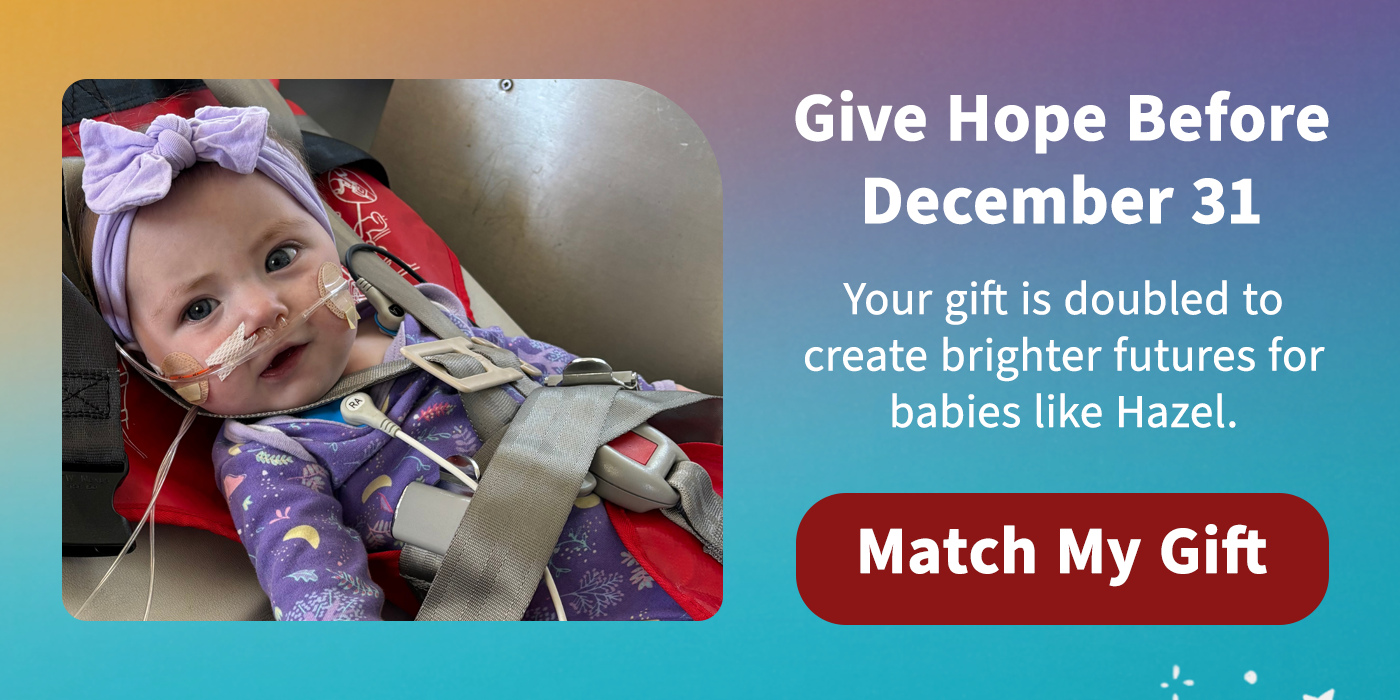
Browse Resources
Filtering by:
Filter your results
CYSHCN Focus Areas
Content Types
Date
Learn More About Us
Grantmaking
We invest in programs and projects that contribute to improving systems of care for children and youth with special health care needs and their families.
Grants Awarded
Interested in projects we have funded? Browse our database of active and completed grants.
Sign up for the CYSHCN Newsletter
Stay informed on the latest news, research, resources, events, and more related to systems and policies affecting CYSHCN and their families.
